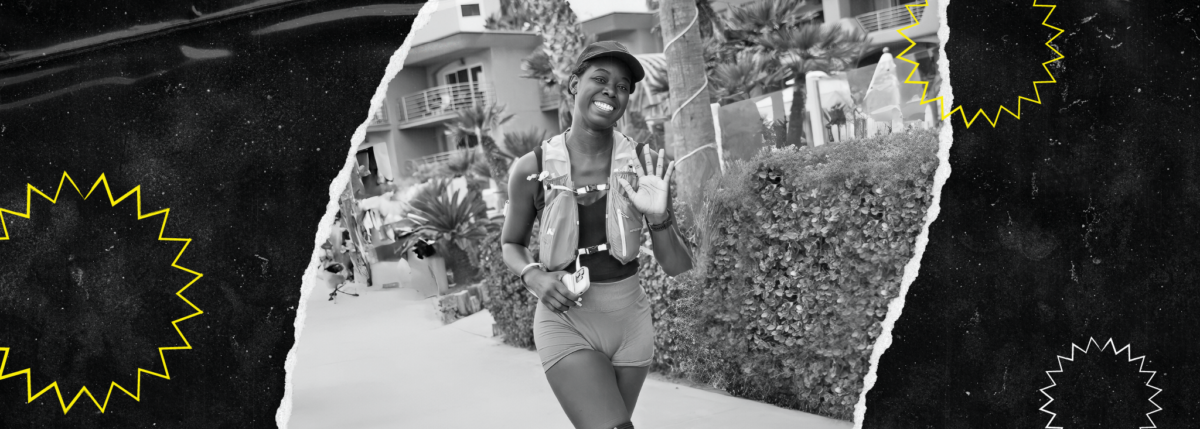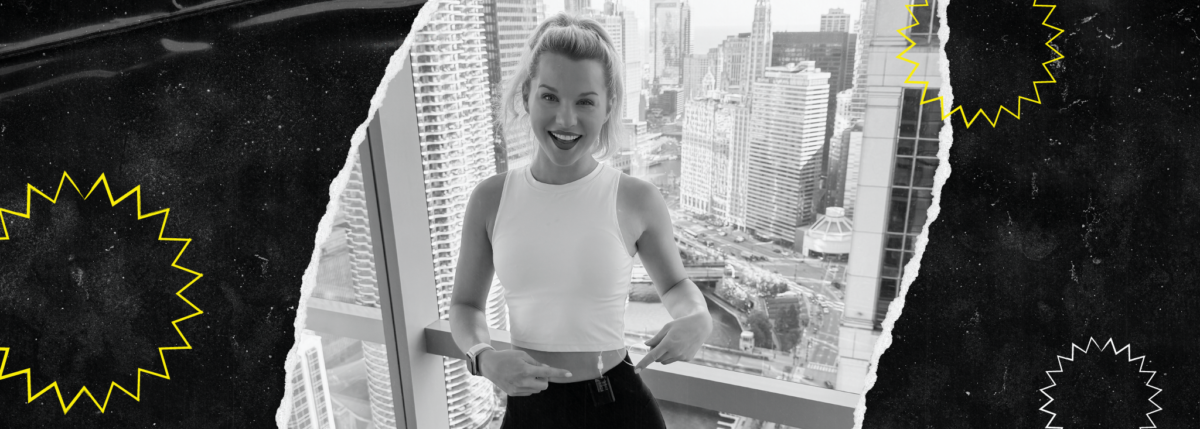Celebrating the First Commercial Pilot with Type 1 Diabetes
Written by: Lala Jackson
6 minute read
June 15, 2020
This Spring, the very first insulin-dependent pilot was approved by the Federal Aviation Administration (FAA) to fly commercially! On Monday, April 13, 2020, pilot Pietro Marsala, who was diagnosed with type 1 diabetes in 2012 while he was in flight school, was issued a First Class Medical Certificate, which provides clearance to fly commercially in the United States.
Before Pietro’s approval, no insulin-dependent people were certified to fly commercially in the US. In 2015, the FAA announced that they would be considering a reversal of this policy and on November 7, 2019, they announced that they would officially begin reviewing First Class Medical Certificate applications from those with insulin-dependent diabetes. Very few pilots with insulin-dependent diabetes have been approved so far, but it is hoped that Pietro’s approval will pave the way for future pilots.
Key to Pietro’s approval has been continuous glucose monitoring (CGM) technology, as it provides clear and consistent feedback on blood sugar levels, increasing safety in the air. CGM company Dexcom was an integral part of the process, as the CLARITY data that its systems provide gave FAA administration a deep understanding of how the technology works.
Affordable access to best-in-class technology like CGMs will be vital not only for more insulin-dependent pilots to be able to take to the air, but also for anyone with insulin-dependent diabetes to live a safe and healthy life.
Beyond Type 1 took some time to speak with Pietro to celebrate the momentous occasion. Hear from Pietro below.
When did you know you wanted to be a pilot?
I grew up in Chicago near O’Hare Airport. My parents are Italian immigrants and most of my family is still in Italy, so my parents would take us there at least every other summer. I was 5 or 6 when I fell in love with aviation.
When I was 10 we moved to Phoenix, Arizona. I begged my parents to buy me the Microsoft Flight Simulator, a computer program that mimics real-time flying. My parents and brother would sit behind me on the couch and I would act like I was speaking from the flight deck. About a half hour into the “flight,” they would get bored. I would “take off” in the afternoon, then set the program on autopilot, “flying” to Italy. I would go to sleep on the couch, set an alarm to wake up in the morning when I was “over Portugal and Spain,” then “land in Italy.”
Fast forward to high school and my counselor asked “what do you want to do when you leave here?” I didn’t think I was smart enough to be a pilot because I looked at pilots like they were superheroes. But she gave me a flying magazine, where—after some major delays on my part—I found an ad that said “Learn to fly in sunny Phoenix, Arizona.”
It was a flight school offering flight lessons. We did a discovery flight—you go up with an instructor for an hour or so. I fell in love and knew that’s what I wanted to do. Within weeks I was attending my first day.
When were you diagnosed with Type 1 diabetes?
 In 2012. I was 21 years old and in the middle of my flight training. For about two weeks straight, I was feeling really weird. I had the classic symptoms—the dry mouth, the losing weight. I went to my family physician and he misdiagnosed me with type 2 diabetes.
In 2012. I was 21 years old and in the middle of my flight training. For about two weeks straight, I was feeling really weird. I had the classic symptoms—the dry mouth, the losing weight. I went to my family physician and he misdiagnosed me with type 2 diabetes.
I immediately got on the FAA site to see what kind of impact this would have on whether or not I could fly. With type 2 diabetes, if you can manage it on oral medications—without insulin—you can still fly. The FAA required me to stabilize my condition on metformin for six months. As I know now, I was in the honeymoon phase—my body was still producing some insulin on it’s own—so it looked like the metformin was working. I got my A1c back down from 10% to around 5-6%. I put weight back on.
But by that Fall, I started to see a rise in my blood sugar levels again. I didn’t know what was going on. My mom recommended we go for a second opinion, so I went to see an endocrinologist. He ran more tests. It was confirmed that I actually have type 1.
Hearing that was even harder than hearing I had diabetes in the beginning. I knew that, at the time, insulin was a disqualifying drug. I was crying like a little kid. I had worked so hard to have my health under control and then all of a sudden it was taken again. I knew my aviation career was done.
I had to take another six months off from flying to prove that I was stabilized. I got on a Dexcom CGM pretty quickly after I was officially diagnosed with type 1 and have never flown a day on insulin without it. I’ve never had any episodes where I needed medical attention and I know that’s because of my CGM.
I was restricted to a 3rd class medical certification—only able to do flight instruction if I wanted to make money, or to just fly for fun. So I finished out my training and started flight instructing. I was flying with people who didn’t know how to fly and I was the one in charge, flying anywhere from three to almost eight hours every day.
I realized that I actually had more responsibility as a flight instructor; I’m monitoring myself and my students. So I decided it was time to go back to the FAA and prove that I was stable enough for a commercial certification.
Tell us about working with the Federal Aviation Administration (FAA)
 The first time I met in person with the FAA wasn’t planned. It was 2016 and I was in DC as a tourist. I decided to walk into the FAA to introduce myself since I was right there. I had already been in contact with the deputy air surgeon Dr. DeVoll, so I sent him a quick email that I was there. He set up an appointment the next day.
The first time I met in person with the FAA wasn’t planned. It was 2016 and I was in DC as a tourist. I decided to walk into the FAA to introduce myself since I was right there. I had already been in contact with the deputy air surgeon Dr. DeVoll, so I sent him a quick email that I was there. He set up an appointment the next day.
He talked to me for an hour and a half; he wanted to understand my story. They had just issued a statement that they would start considering cases of insulin-dependent pilots. He told me that they weren’t there yet, but they were looking more into CGM data.
I was handing over a ton of voluntary blood sugar data, which I think was maybe helpful in them seeing I was fit to fly. I’m not perfect. We can’t be. But I was able to prove that none of the times I was out of range was when I was in flight. My endocrinologist and my employer both endorsed my safety.
In late 2017, I decided I was going to create an Excel spreadsheet so they could see my CGM data against my flight data. I put all of my activities in a notes line —insulin doses, carbohydrates consumed to keep my blood glucose levels balanced, how I was keeping myself as flat-lined as possible. Access to that intense level of data is what helped the FAA create their protocols for us.
I was driving when I got the emails that I was approved. I had to pull over to a safe spot because I was so nervous. I opened the email and I just started crying like a little kid. It was everything that I had worked for. It was so relieving. It was the best feeling I ever had in my life.
For other people on insulin who want to fly commercially, what do you want them to know?
This will all be an ongoing process for the FAA to figure out how to do this well and keep everyone safe.
And unfortunately flying is a rich man’s sport. In order to be able to fly daily to show all the data you need to prove you’re safe, you have to have the means to do so. For the initial certification, that’s not doable for everyone. But dream big because this is attainable.
I was so frustrated that it was a blanket “no” before, so I told myself that I was going to play my part, provide my data, be patient and cooperate. It doesn’t happen overnight. It can take a long time.
I recognize that out of anything else in my life that I could have gotten, I got the disease that disqualified me from the thing I love. Out of my entire big family, I’m the only one with type 1, and the only one who has a job where type 1 originally disqualified me.
It makes me think—maybe this was meant to be. Maybe this was the path I was supposed to pave. It hurt. I’m 10 years behind everyone else, but I did make a difference.
Editor’s Note: Beyond Type 1 has been following the FAA’s policies on medically approving insulin-dependent commercial pilots and knows that despite Pietro’s approval, very few pilots with type 1 diabetes have yet been approved to fly. We continue to follow this ongoing story.
This content was made possible with support from Dexcom, an active partner of Beyond Type 1 at the time of publication.

Author
Lala Jackson
Lala is a communications strategist who has lived with type 1 diabetes since 1997. She worked across med-tech, business incubation, library tech and wellness before landing in the type 1 diabetes (T1D) non-profit space in 2016. A bit of a nomad, she grew up primarily bouncing between Hawaii and Washington state and graduated from the University of Miami. You can usually find her reading, preferably on a beach.
Related Resources

Danica Collins not only prepared for one of the most challenging physical events of her...
Read more

Beyond Type 1 is spotlighting inspiring athletes with type 1 diabetes as they prepare for...
Read more

On November 3, 2024, Taylor Rindfleisch of Chicago laced up her running shoes for the...
Read more

